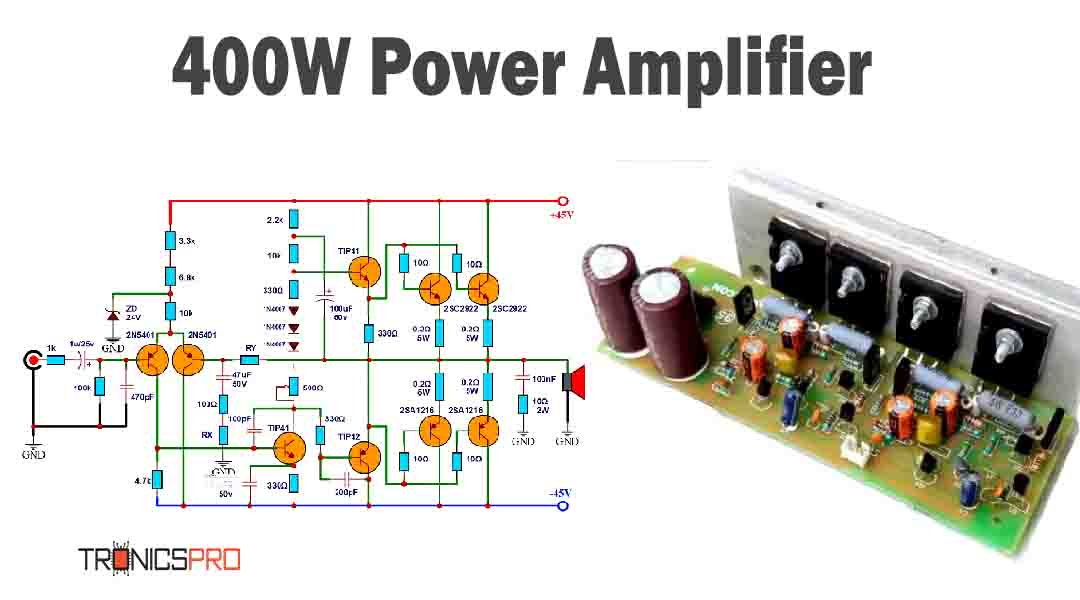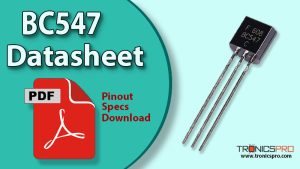Introduction
The BD138 transistor is a medium-power PNP bipolar junction transistor (BJT) widely used in audio amplification, signal processing, and medium-power switching applications. With a maximum collector current of -1.5A and a collector-emitter voltage rating of -60V, it is suitable for driving loads such as relays, lamps, and small DC motors. Its ability to handle moderate power makes it ideal for use in linear amplifier stages, power regulation circuits, and push-pull amplifier designs.

Housed in the TO-126 package, the BD138 offers good thermal stability and reliable power dissipation. Its DC current gain (hFE) ranges from 40 to 250, depending on the variant, providing designers flexibility for various amplification and switching purposes. Additionally, with a transition frequency of about 190 MHz, the BD138 is effective not only in low-frequency switching but also in high-frequency signal applications.
BD138 PNP Transistor

The BD138 transistor is often paired with its NPN complementary transistor in push-pull configurations to provide efficient audio amplification and signal driving capability. Thanks to its cost-effectiveness, durability, and wide availability, the BD138 remains a popular choice among students, hobbyists, and engineers for building medium-power amplifiers, voltage regulators, and driver circuits.
BD138 Pinout

BD138 Transistor Key Features
- Medium-power PNP transistor designed for switching and audio amplification.
- Can drive relays, small motors, and lamps with up to -1.5A collector current.
- Rugged and reliable TO-126 package.
- High transition frequency (190 MHz) supports wideband applications.
- Compatible with push-pull amplifier designs.
- Versatile, cost-effective, and widely available for general-purpose projects.
Specifications/Characteristics of BD138 PNP Transistor
- Maximum Collector-Base Voltage (Vcb): -80V
- Maximum Collector-Emitter Voltage (Vce): -60V
- Maximum Emitter-Base Voltage (Veb): -5V
- Maximum Collector Current (Ic): -1.5A
- Total Power Dissipation (Ptot): 12.5W
- DC Current Gain (hFE): 40 – 250
- Transition Frequency (ft): 190 MHz (typical)
- Junction Temperature Range: -55°C to +150°C
- Package: TO-126
BD138 Pin Configuration
| Pin# | Pin Name | Pin Description |
|---|---|---|
| 1 | Emitter | Current flows out, usually connected to ground |
| 2 | Collector | Current flows in, connected to load |
| 3 | Base | Controls transistor operation (biasing terminal) |
More Circuit Layouts








Key Applications of BD138 PNP Transistor
- Audio power amplifiers.
- Driver circuits for relays, motors, and lamps.
- Medium-power linear amplification.
- Switching circuits up to -1.5A.
- Voltage regulators and power management.
- Push-pull output stage designs.
NPN Complimentary Transistor
BD137 (NPN) is the complementary transistor of BD138.
Equivalent Transistors of BD138
- BD136 (PNP transistor, lower voltage version, -45V).
- BD140 (PNP transistor, higher voltage version, -80V).
- 2N2907 (general-purpose PNP transistor).
- 2N4033 (medium-power PNP transistor).
- TIP32 (higher power PNP transistor alternative).
(Pin configuration of some transistors mentioned here may different from BD138).
Datasheet of BD138 PNP Transistor
Click the following Button below to download the datasheet of BD138 Transistor :
More projects, You may like:
- Video Transmitter DIY Homemade FM Radio Transmitter
- Adjustable Power Supply DIY Battery Charger
- 12V-220V 500 Watt inverter DIY Homemade
- MPPT Solar Charge Controller DIY Homemade
- DIY LA4440 bass amplifier homemade
For more project and circuit diagrams, you can go through the Schematics in the main menu where you can find many interesting projects and circuit diagrams like audio amplifier circuits, voltage booster circuit, battery charger circuit and timer circuits etc., which are all beginner circuit projects. Feel free to check them out!

Thank you for visiting the article.

























